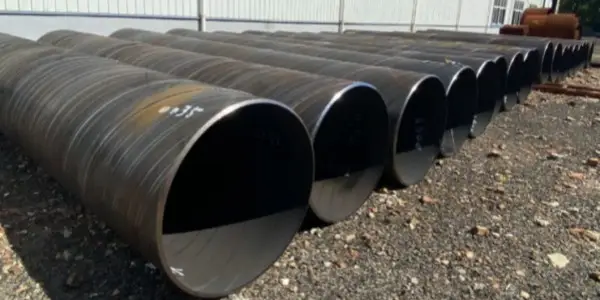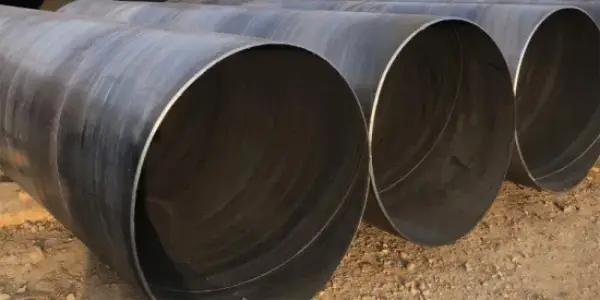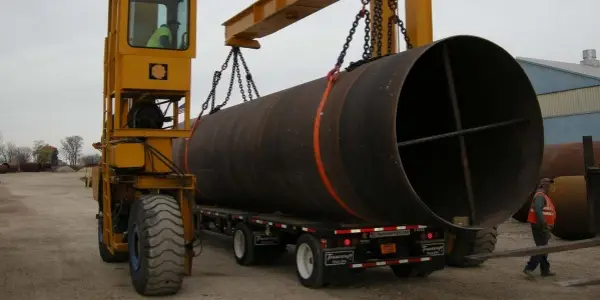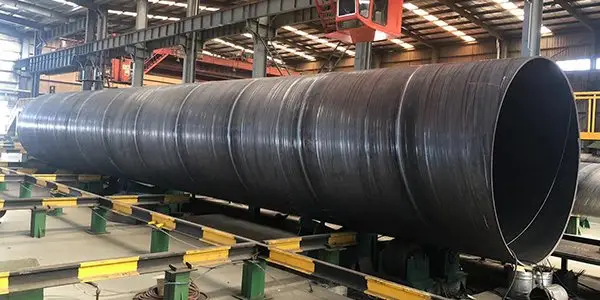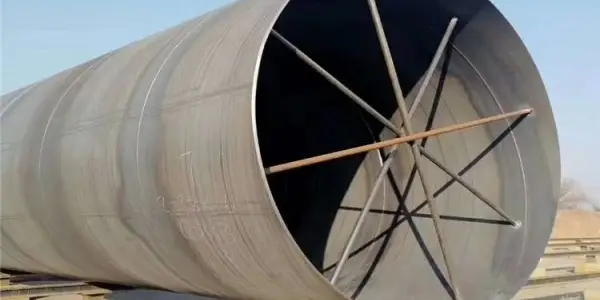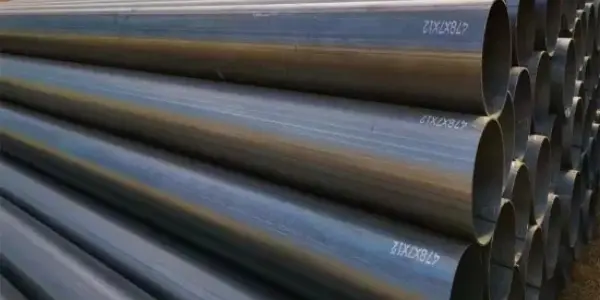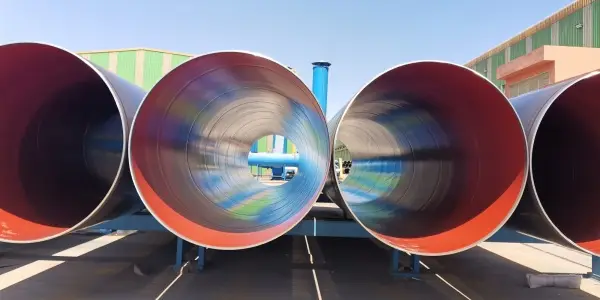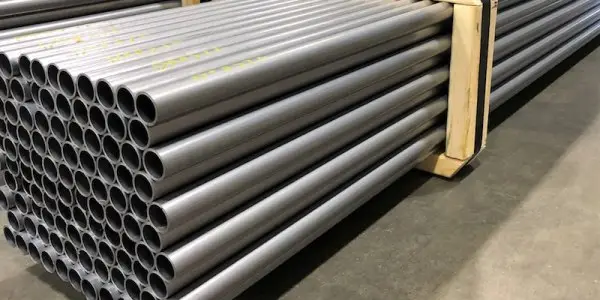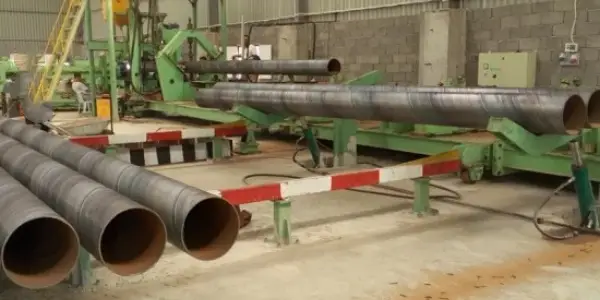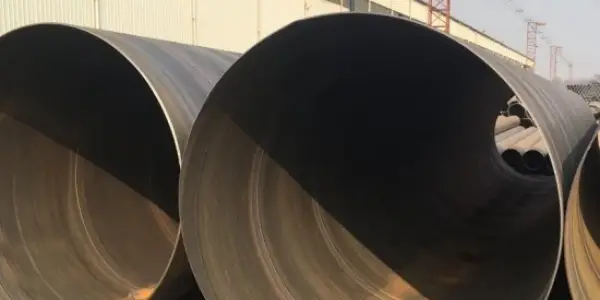-
Development direction of spiral welded pipe
With increasing demands on pipeline pressure resistance and the need for longer service life, carbon steel pipe manufacturers must innovate and improve in several key areas. Here are the main development directions for spiral welded pipes.
Read More
-
American standard for SSAW steel pipe
SSAW steel pipes are produced by rolling low-carbon or low-alloy structural steel strips into pipe blanks at a specific spiral angle, known as the forming angle, and then welding the seams. This method allows the creation of large-diameter steel pipes from narrower strips of steel. The specifications of SSAW pipes are expressed as outer diameter * wall thickness. The welded pipe must pass hydraulic pressure tests, tensile strength tests, and cold bending performance tests to ensure compliance with regulations.
Read More
-
How to avoid bubbles in welded carbon steel pipes?
This article will briefly introduce how to avoid bubbles in welded carbon steel pipes.
Read More
-
Quality inspection of large diameter SSAW steel pipe
Based on quality inspection results, large-diameter spiral steel pipes are typically classified into three categories: qualified products, repaired products, and waste products. Here’s how these inspections are conducted.
Read More
-
How to remove dust for plasma cutting of SSAW steel pipe?
When plasma cutting SSAW (Spiral Submerged Arc Welded) steel pipes, managing dust removal presents several challenges. This article will briefly introduce how to remove dust for plasma cutting of SSAW steel pipe.
Read More
-
Precautions for the use of straight seam welded pipes
A straight seam welded pipe is a steel pipe with a weld seam running parallel to its longitudinal direction. Based on the forming process, it is categorized into high frequency straight seam steel pipes (ERW pipes) and submerged arc welded straight seam steel pipes (LSAW pipes). This article will briefly introduce precautions for the use of straight seam welded pipes.
Read More
-
How to load the anticorrosive SSAW steel pipe?
Proper loading and packaging of anticorrosive SSAW (Spirally Submerged Arc Welded) steel pipes are essential to maintain their quality during transportation and storage. Follow these detailed guidelines to ensure safe and effective handling.
Read More
-
Welding quality control method for electric resistance welded pipe
ERW (Electric Resistance Welded) pipes utilize electric resistance welding technology, making the control of welding quality crucial throughout the process. The general method for quality control in electric resistance welded pipe welding includes the following procedures.
Read More
-
SSAW welded pipe welding types
SSAW welded pipes are known for their strength, flexibility, and cost-effectiveness. The welding process is crucial in ensuring the durability and integrity of these pipes. There are several types of weld seams used in the production of spiral welded steel pipes.
Read More
-
Standard for SSAW steel pipe
SSAW (Spiral Submerged Arc Welding) steel pipes are widely used in various industries due to their flexibility and cost-effectiveness in handling large diameters. These pipes are manufactured by spirally welding strips of steel, resulting in a pipe with a spiral seam.
Read More

 English
English Español
Español




 Tel : +86-18565811709
Tel : +86-18565811709 Email :
Email : 
